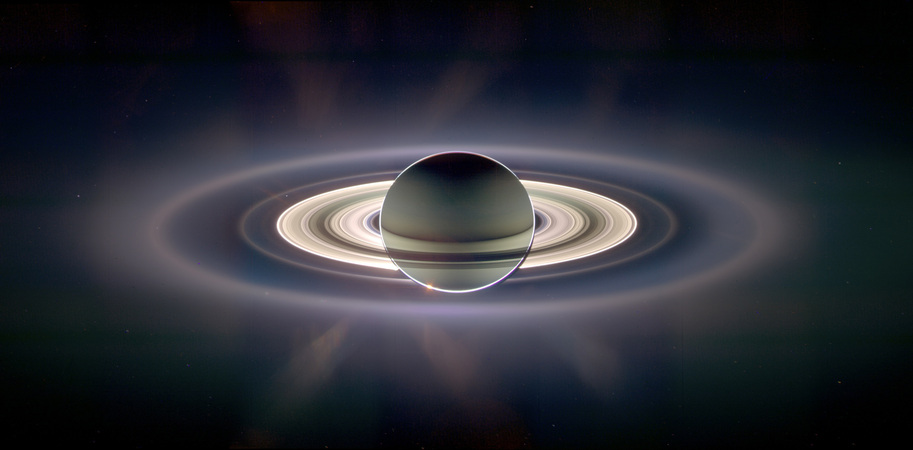Scale of the Universe: The Great Debate
At the start of the twentieth century our knowledge of the universe was far more limited than it is today. The size and structure of our universe had been a topic of discussion for many years. The sky surveys of William Herschel (1738--1822) hinted at a structure. In the early twentieth century, Jacobus Kapteyn (1851--1922) made use of photographic images of 454 875 stars in the southern skies to demonstrate a disc-shaped universe. By 1920 state-of-the-art thinking and research had settled on a disc-shaped galaxy of stars approximately 30 000 light-years (lyr) across and 5 000 lyr thick with the Earth at a nearly central position.
In 1920 two astronomers were invited to make presentations at the U.S.
National Academy of Sciences addressing the issue of the scale of the
universe. They were Harlow Shapley (1885--1972), a promising astronomer
with several notable pieces of work to his credit, and Heber Curtis
(1872--1942) a more established researcher with a solid reputation.
Scale of the Universe: The Great Debate Essay
PDF
Galactic Centre
In 1918 Harlow Shapley [4] published a paper outlining observations made while continuing his work on the Milky Way globular cluster (GC) system. Analysis of 69 globular clusters showed a marked skew in distribution that could not easily be reconciled with contemporary views on the structure of the galaxy. To calibrate the distance to each GC Shapley used the newly discovered luminosity function for Cepheid variable stars. At the time, only 30 GC distances were known but from these Shapley determined a fairly strong relationship between their apparent size and distance. Extrapolating from this size-distance relationship to the other 39 clusters, and assuming the GCs centred on the galaxy, Shapley determined a direction and distance to the galactic centre. His calculations removed the Earth from its assumed central location within the Milky Way and shifted it some 20,000 parsecs from centre. While the result is no longer considered numerically accurate, it was a paradigm shift of a similar ilk to that of Copernicus in the 15th century.
This project aims to emulate this early work on the distribution of GCs
using modern imagery and a larger sample of the Milky Way clusters. The
cluster system will be mathematically reconstructed from derived
relative distances so that a centroid can be determined.
Galactic Centre Project
PDF
